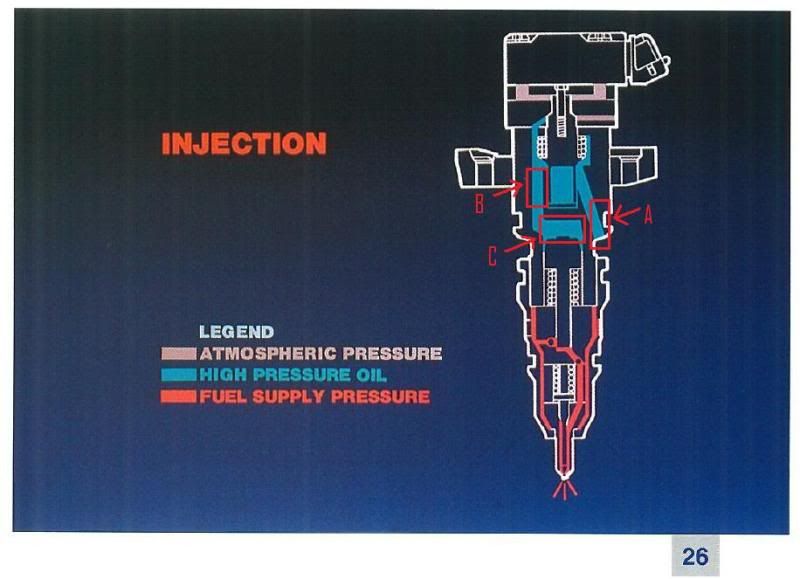Although somewhat sore on the subject(only cause I spent a pretty good length of time writing a post earlier today... only to be interrupted a few times... then being logged out automatically... attempting to post... then finding out I needed to resign in and have my work disappear

), I'll try again.
I'll agree, the definitive break point on when an A code is better or a hybrid is better is certainly left to the injector builders, and even they might have difficulty coming up with the answer. I'll give my thought, if your going for the HP(or under) of what a 160cc/100% A code injector can provide, go for it. If your shooting for more HP than that, then hybrids are probably the way to go as you're probably building a 'performance' engine to have a high HP(and RPMs usually).
Situation asked, if your looking for a 200cc/100% injector and utilize the size of the injector often there are probably two situations:
Go with a 200cc/100% A code(if found), and a HPOP upgrade
Go with a 205-238/100% hybrid, HPOP upgrade not always needed
The hybrids may cost more, but if you use the total cost for injectors and the HPOP upgrade when using an A code, that route would probably be higher. If A codes are more efficient, how long before the increased efficiency of the A code would pay off?
I don't know for sure, but I ran 238cc/100% Rosewood hybrids in my 97 for quite a while and I averaged 15 MPGs with all my driving. I was fairly happy because some other side notes include: lifted, oversize tires, a non-streamlined bumper

and even having some fun with it often. I even had a high of 17.9 mpg. I'm not sure how much better an A code could have done.
Now into some injector 'theory', some may already know parts of what I'll say, but I'll cover more for others. Some 'theory' is what I've read, as well as some of my own. With the combination of A code and B code parts we have the hybrid injector that flows more fuel volume per oil volume(but reduced pressure) when compared to the A code. See part details
here.
The heart of the discussion: (which may have already ended)

Areas A,B,C referenced from image.
General accepted thought, lower HPs=A code, higher HPs=hybrid. Here's my attempt at explaination. At higher HP more RPMs are usually utilized. At some point the need for the intensifier piston movement is so fast, that the oil can't flow through area B and into area C fast enough. A pressure drop occurs over the intensifier piston when compared to the rail pressure(area A) and fuel injection pressure suffers. Raise the rail pressure to flow through B faster? Can't go much higher or the poppet valve will float. Another option? Hybrids, by flowing more fuel volume per oil volume, area C needs less expansion in a hybrid than the A code for equal fuel amounts. The fuel injection pressure drop is then somewhat less with the hybrid at higher RPMs. This giving the advantage to hybrids at higher HP. This is a thought on why hybrids, although "supposed" to inject at lower pressures than A codes, might actually inject at higher pressures in certain situations.
Is what I said above right? Not sure. Have I been 'inside' injector? Unfortunately not. Do I have more injector thoughts? Yeah, this is probably enough for one time though. Didn't really feel like entering debates on PSN, a little more friendly here. What's it mean when you answer your own questions again?
